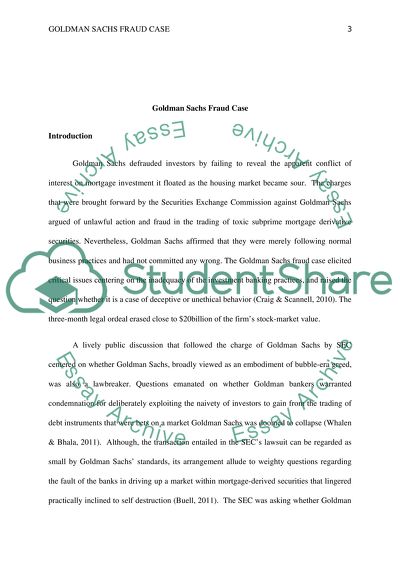Cite this document
(“Goldman Sachs Fraud Case Research Paper Example | Topics and Well Written Essays - 2000 words”, n.d.)
Goldman Sachs Fraud Case Research Paper Example | Topics and Well Written Essays - 2000 words. Retrieved from https://studentshare.org/finance-accounting/1467014-goldman-sachs-securieties-fraud-case
Goldman Sachs Fraud Case Research Paper Example | Topics and Well Written Essays - 2000 words. Retrieved from https://studentshare.org/finance-accounting/1467014-goldman-sachs-securieties-fraud-case
(Goldman Sachs Fraud Case Research Paper Example | Topics and Well Written Essays - 2000 Words)
Goldman Sachs Fraud Case Research Paper Example | Topics and Well Written Essays - 2000 Words. https://studentshare.org/finance-accounting/1467014-goldman-sachs-securieties-fraud-case.
Goldman Sachs Fraud Case Research Paper Example | Topics and Well Written Essays - 2000 Words. https://studentshare.org/finance-accounting/1467014-goldman-sachs-securieties-fraud-case.
“Goldman Sachs Fraud Case Research Paper Example | Topics and Well Written Essays - 2000 Words”, n.d. https://studentshare.org/finance-accounting/1467014-goldman-sachs-securieties-fraud-case.


